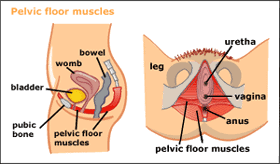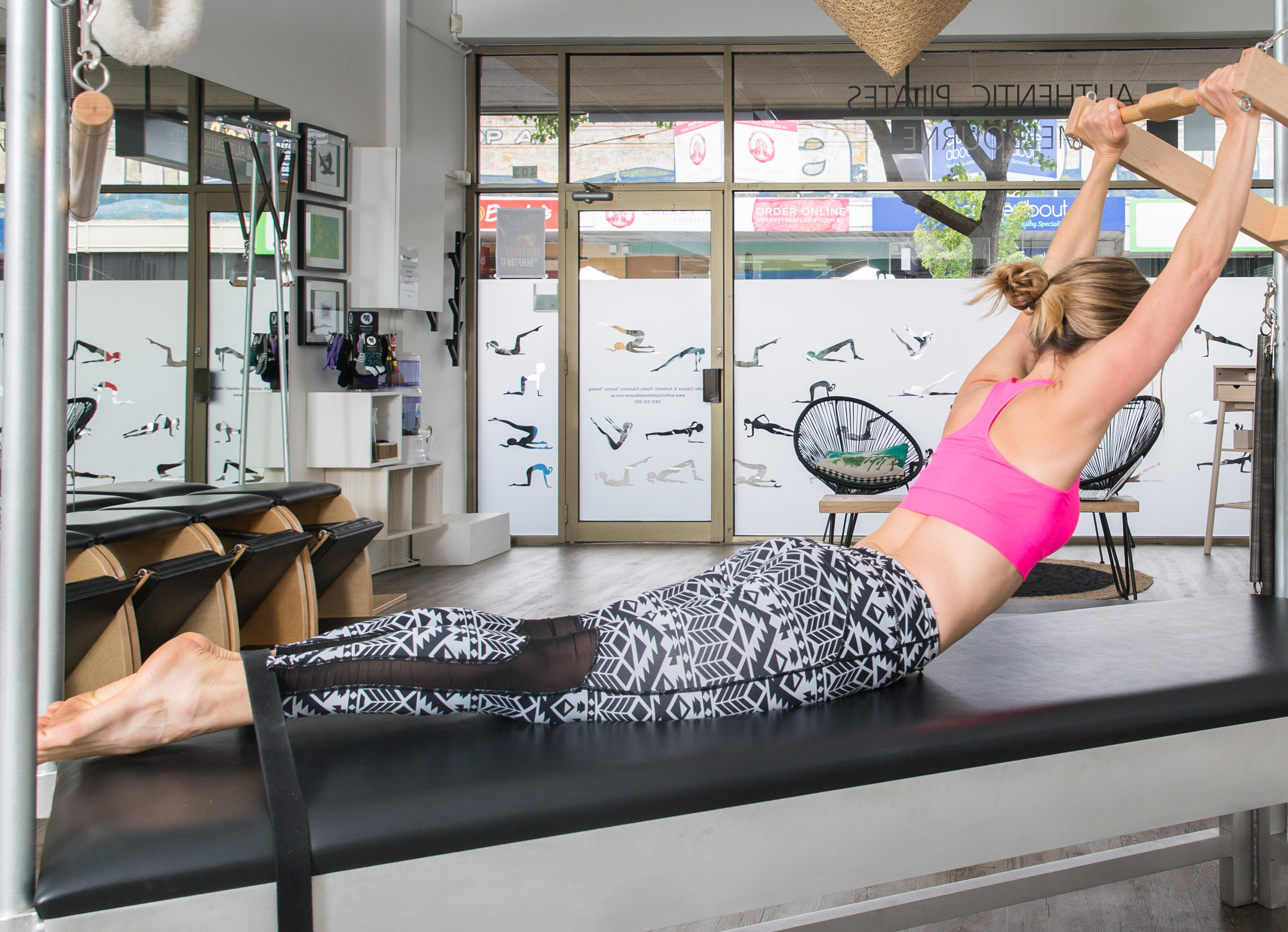So I never really thought I would be writing about products or recommending products on my IG feed. However, this one is a doozy. If you have ever had a baby, are thinking about having a baby, are pregnant or have had any sort of pelvic floor weakness/disfunction, then you’ll wanna keep reading. Below is a breakdown of my experience with the Perifit device that reads pelvic floor strength and stamina directly from your lady bits via bluetooth games on your mobile phone! Intrigued? Yep, I was too.
29 weeks pregnant with my first baby.
It all started with this blog I wrote a while back. It was about my experience of Pilates and pregnancy and birth and the after affects of birth on my pelvic floor and how Pilates helped me recover.
Recently a company, Perifit, contacted me to say they had read my blog and thought I might be interested in their product. Having no idea who Perifit was, I was totally dubious about this so called company wanting to give me free stuff to try. After a Google search and a brief read of the excellent reviews this company was getting, I was more inclined to respond positively to their request for trialling their product. So, what is Perifit? Well this is straight from their website: ‘Perifit is a Kegel exerciser that lets you control video games with your pelvic floor. When you contract your pelvic floor the bird goes up. When you relax it, the bird goes down. These games were designed by doctors to help properly strengthen the pelvic floor. It works so well that more than 1000 doctors already recommend Perifit to combat incontinence and prolapse and other pelvic floor disorders.’
Once it arrived, it sat on my bedside table for weeks. Partly because the unknown is a bit terrifying and that’s always a good excuse to procrastinate, party because I thought it might take ages to set up, read the instructions and just generally figure out. But I was wrong. Well, the unknown is always a little terrifying, but it was straightforward to read about and set up. First tick!
When I decided to give it a go, opening the box and noticing it’s uncanny resemblance for a vibrator, I all of a sudden felt like I needed to excuse myself from the living room couch, ha! ‘It’s for work’, I was telling myself.. and my partner wink, wink.
Once you have downloaded the Perifit app, turned on the device and activated bluetooth on your mobile, you’re all set for insertion. It’s only mildly uncomfortable initially, if I had to compare it to a pap-smear, where a pap-smear is an 8 or 9 on the discomfort scale, this is about a 1 or 2. Totally manageable.
You can target your pelvic floor training based on your needs, simply take a short test and it will calculate which training program is best for you eg postpartum, incontinence or intimate wellbeing. Once you have your program, your games will be targeted to getting the best outcome from your program.
So the game itself… well, think of a rudimentary Mario Cart meets Angry Birds type scenario. Where you (or your pelvic floor to be more specific) are the object that has to fly (by contracting your pelvic floor) to capture the floating items in the sky. And then brought back down (again, with the controlled release of of your pelvic floor) along a specific pathway of floating objects to capture either in a linear angled line or something a bit more adhoc. The point being that you want your pelvic floor to be able to do both, steady increasing contraction with steady decreasing release as well as short sharp contract and release muscular control.
After the game you receive your results on an intricate biofeedback screen, this helps to break down the difference between your deep vs superficial muscles. It tells you how you rate in terms of Force, Frequency, Stamina, Release and Accuracy. The stats you get are so interesting and really help to target the specific areas of improvement.
There’s a manual mode, which I love! Its designed to record the muscular behaviour of your pelvic floor in its functionality. So, pop it in while your vacuuming or carrying the baby and see how your pelvic floor naturally reacts in these situations. Fascinating!
Why is this relevant to Pilates and my work?
Some would argue that historically, Joseph Pilates would not have cued pelvic floor engagement. His writings indicate that he believed his exercises would activate the neuromuscular system in its natural “correct” patterns, like those of the "newborn babe" or animal. We also know that he believed in the importance of breath…"Before any real benefit can be derived from physical exercises, one must first learn how to breathe properly." Joseph Pilates.
Picture from Pinterest courtesy of Dani Menesis at Studio Pilates
These two points give us an insight into what makes Pilates so effective. When we breathe as we should, physiologically, we can distribute our intra-abdominal pressure in a balanced way throughout the thoracic, abdominal, and pelvic cavities. When we can balance intra-abdominal pressure (IAP) distribution, we are creating muscle balance in our “core muscles". Our core muscles include the diaphragm, all the abdominals, the deep intersegmental spinal muscles, and the pelvic floor. To facilitate ideal distribution of IAP, the diaphragm has to be able to move up and down freely, which requires that ALL core muscles, including those in the pelvic floor and abdominal wall, can work in both concentric (shortening) and eccentric (elongated) contraction. When we breathe correctly, we are using these muscles in a balanced way, and our spine can stabilise due to the correct distribution of IAP.
Picture from Pinterest courtesy of Healthwise, Incorporated
So this is why I rate this device. Although Pilates works the body as a whole, understanding how and where we need to build stability and that our muscles need to be trained in both eccentric and concentric function (pelvic floor being one of those critical areas), is an essential tool to building overall strength and mobility.
I would describe childbirth like a semi-trailer has rail-roaded you from the inside out, so it’s not hard to imagine the imbalances and dysfunctions that women can experience after such an event. We are often told to do our ‘Kegels’ before and after childbirth to prepare and rebuild the pelvic floor muscles, this is often interpreted as just focusing on the concentric contraction in an isolated activity. As already mentioned we don’t just want the shortening of the muscle, we want the eccentric or elongation of the muscle as well. So thank you Perifit for making a device that helps with the both, and therefore setting the groundwork for successful, whole body Pilates conditioning!
Me in action! Getting my clients to switch on their core, with the help of the Magic Circle.














